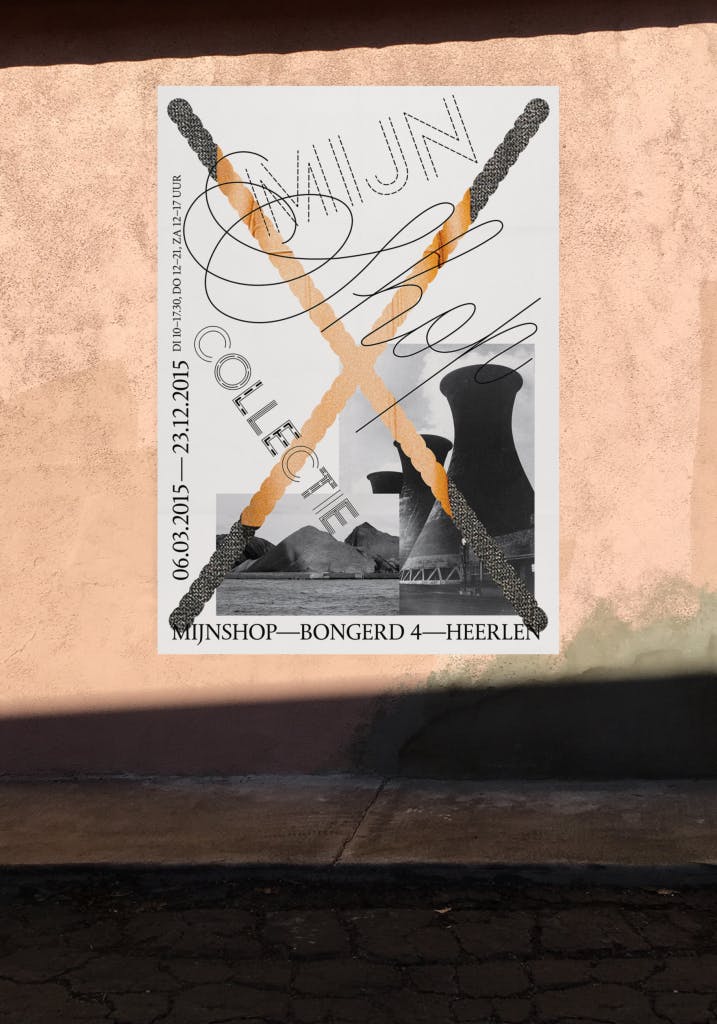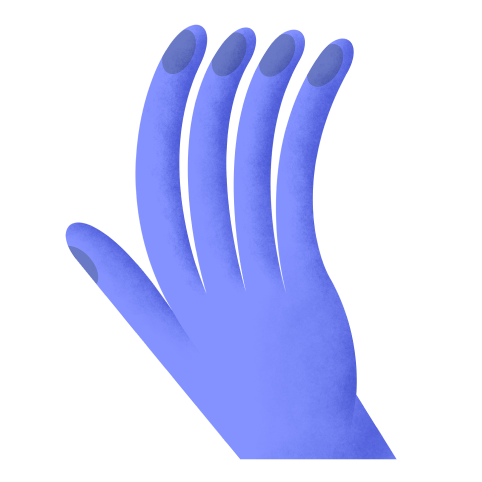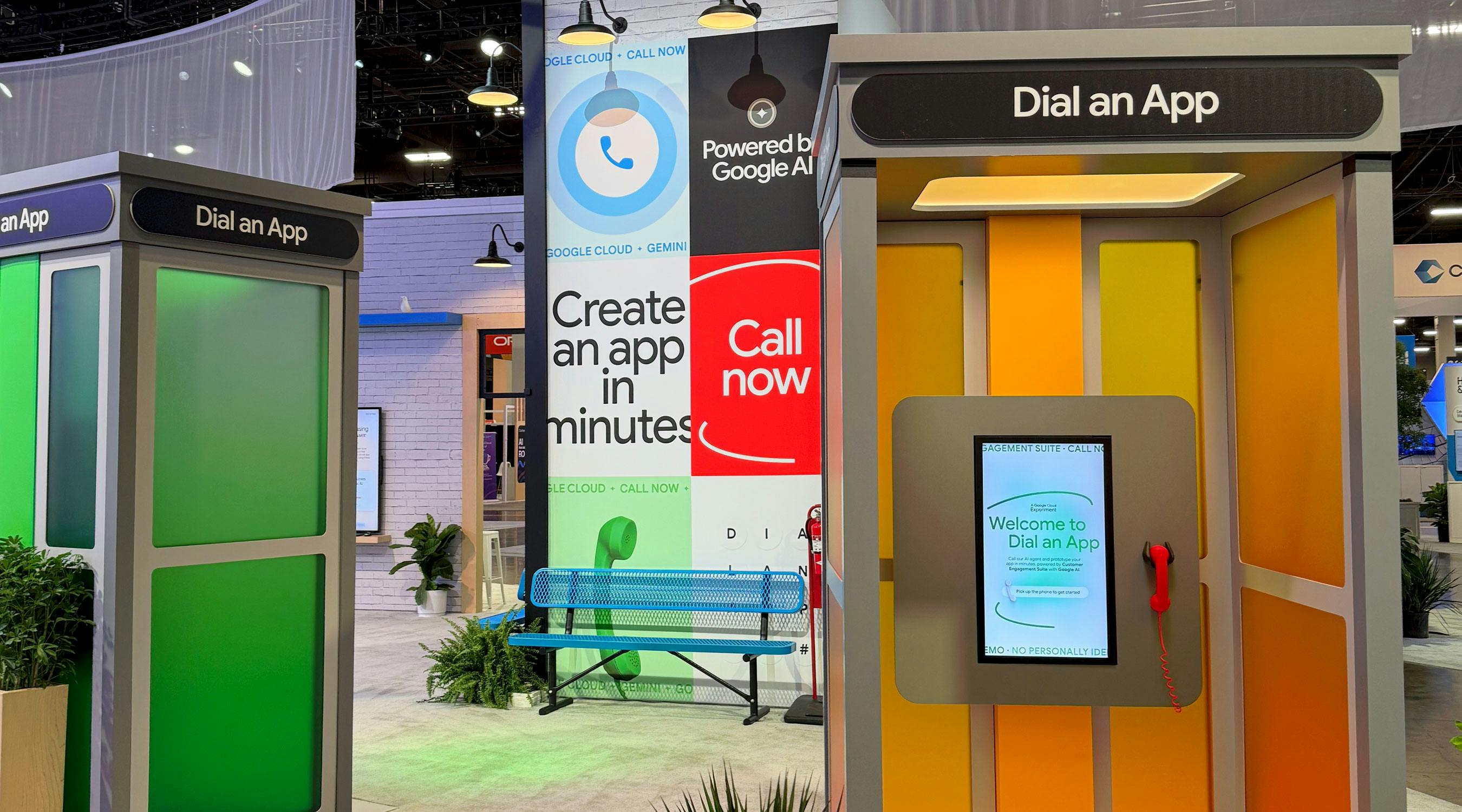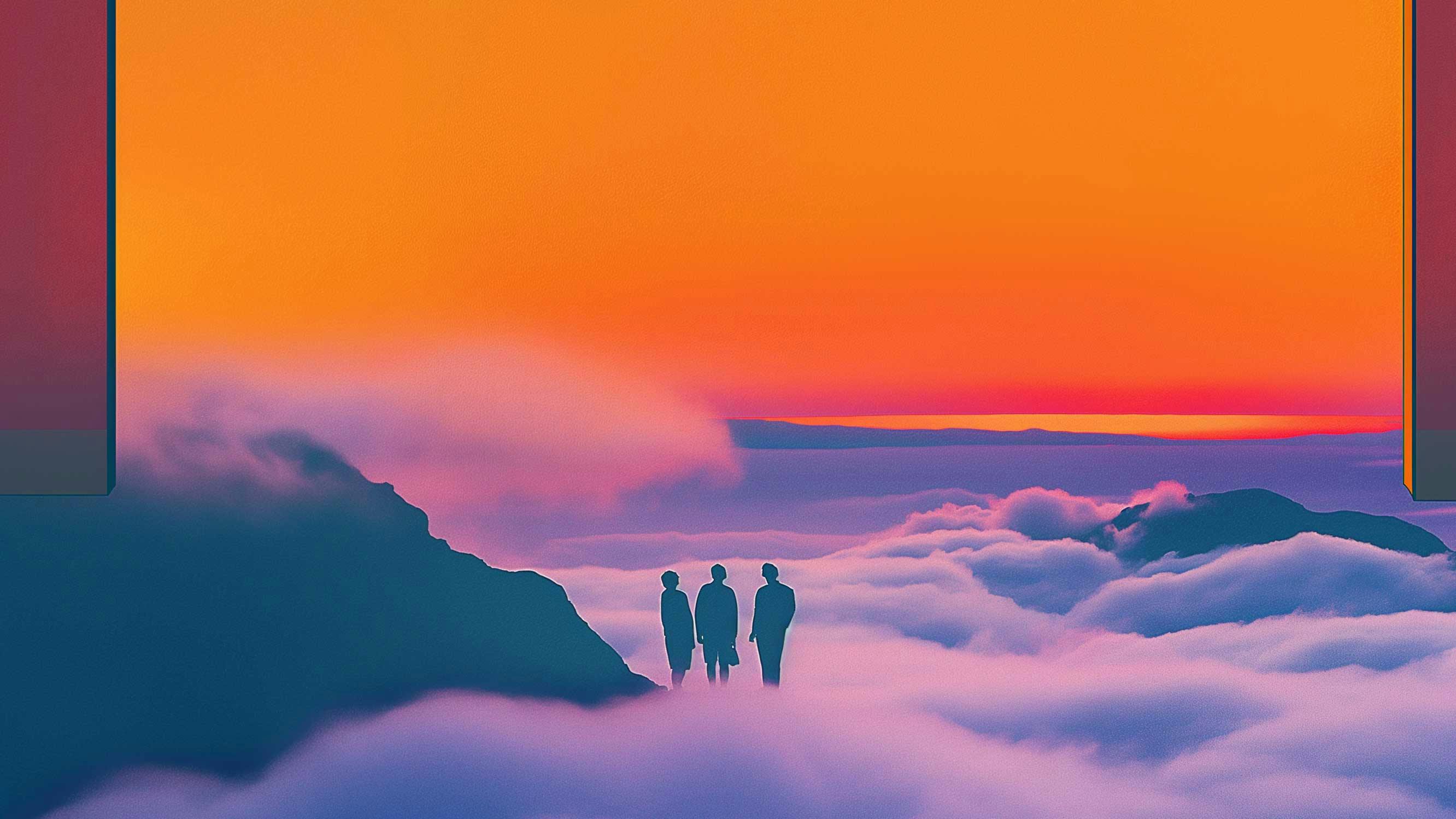A New Continent: Eline Mul Talks Shop with Use All Five
Eline Mul is a graphic designer from Amsterdam living and working in Los Angeles. We talked about some of the exciting projects she's been working on and life as a designer in LA.
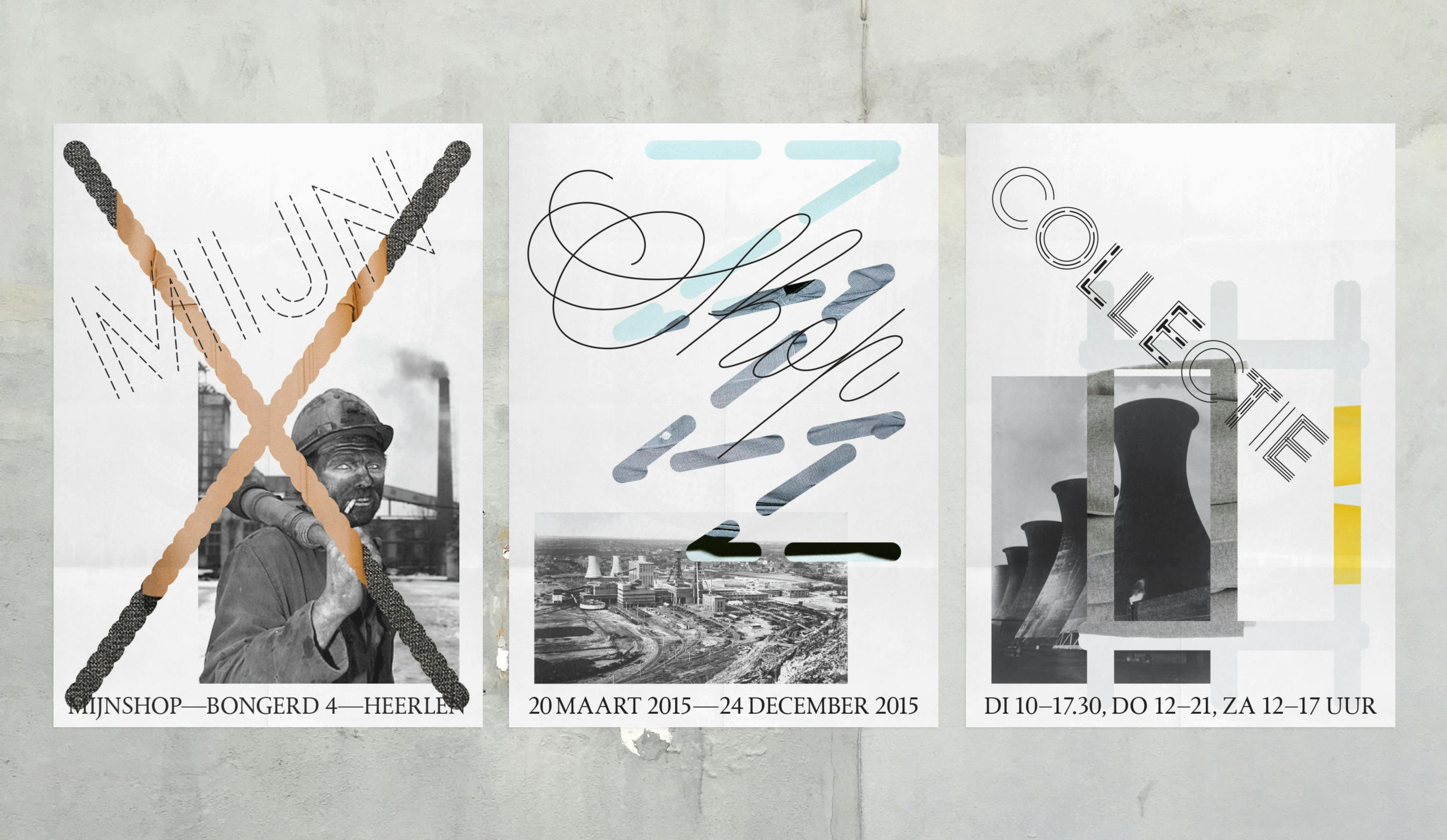
What caused you to move to LA from the Netherlands? How do you feel about your decision now?
Eline Mul: It’s been a major change! Still very much adjusting!!
In 2012 I was on a long holiday in Los Angeles with my two good friends Stephen Serrato and Simon Wald-Lasowki, and I was so amazed by the city and the nature. I really saw myself here. I felt very comfortable in Amsterdam, and had been wanting to change some things, but wasn’t sure how. I definitely needed to shake things up a little! So when I got the opportunity to do an MFA at Calarts, I went for it.
Studying at Calarts really flipped stuff upside down for me. I had some amazing and incredibly tough teachers in the design program, and gained a lot of knowledge and love for design. I all of a sudden had a new continent and methodology of design to explore. I learned so much and walked into millions of walls. I took several classes outside of the design program in the Art department and the Aesthetics & Politics program. These classes focused on media, art and critique, and feminism. This was very essential – A lot of reading, listening, and exploring new ideas and concepts.
On a personal level it’s of course a difficult decision. I’m very close with my parents, brother and sister and we’re all scattered across the world at the moment. I also have a group of people that are incredibly important to me back in Amsterdam, and it’s hard to be far away from them. I often end up asking myself if it’s worth it — I miss Europe a lot!! — but on the other hand I am really excited about the great work and clients I am working with here, and I feel like I’m learning and experimenting again. It’s such an amazing opportunity.
What has it been like continuing your practice here in LA?
Eline Mul: I started my design studio in Amsterdam in 2008, and built up a great network there with projects in NL and other countries in Europe. I continued working with commissioners and collaborators from the cultural field after I moved here in the summer of 2013, and expanded this into the US while I went to school. After graduating in May ’15, I started doing this full time, which is nearly a year ago now and it’s been going great!
I specialize in editorial and print design, branding and art-direction, visual identities and communication, predominantly for culture and fashion. At the moment I’m working on the design of Near East Magazine issue 4 with Ted Lovett; a large scale exhibition and newspaper for a show at the Abrons Art Center in New York; a community arts book for the Los Angeles Arts Commission with content by artist Tom Lawson; and Making History, an ongoing research initiative on California graphic design. I’m really happy with the culturally significant projects I’ve been working on here in Los Angeles, and it’s exciting to work in a new city.
I moved into a small studio space in Silverlake that I share with my good friend and colleague Buddy Bojorquez, and Simon Renggli, who works with us on projects two days a week.
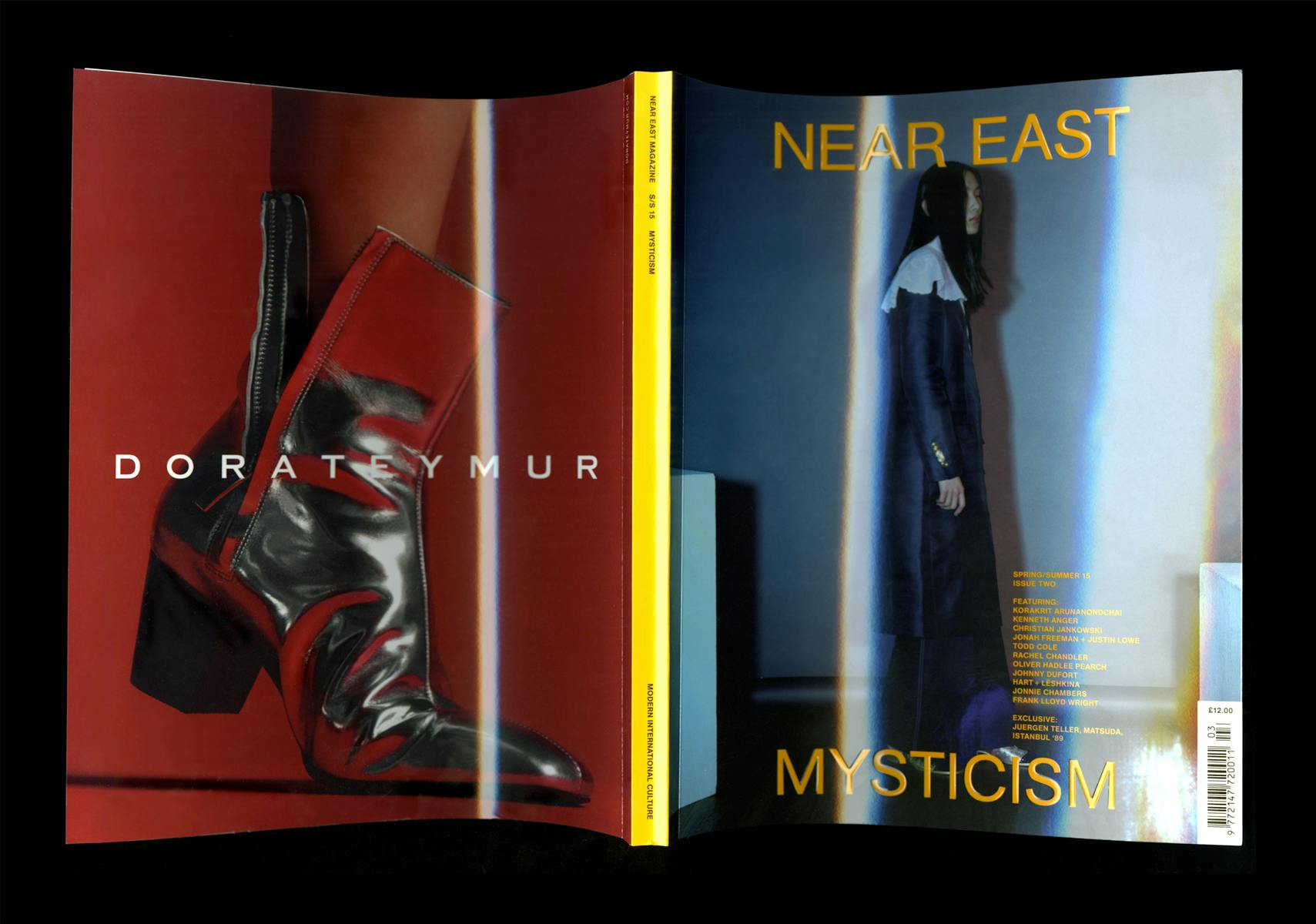
My project selection is very intuitive, if I feel I can make something amazing for it, I’ll do it!
What qualities do you look for when selecting clients/projects?
Eline Mul: I’m lucky enough to get approached by amazing clients with great projects, so my selection quite often comes down to time. I try to at all times work on a range of projects — from commercial to not-for-profit, and from short term to projects that span over a longer period of time.
For the shorter projects my selection is very intuitive, if I feel I can make something amazing for it, I’ll do it! The larger projects I get commissioned to design involve being completely immersed in the project for a period of time, researching and getting to know and understand the levels of content and read the larger contexts surrounding the subject. This is very important to me, so the content needs to be worth the work. For these assignments I frequently work closely together with the client to develop the idea and direction, so there definitely needs to be a good dialogue and exchange. I always ask for a large amount of freedom towards design style and end outcome, and so far that has all worked out really well and I’ve had some great experiences.
I’m super invested in designing for different audiences and subcultures. In the last years I’ve been working on several projects that involve a large variety of very specific communities, such as incarcerated LGBTQ people; inhabitants of East Rancho Dominguez (East Compton) and Pacoima; a magazine focusing on Black writers in the US; creative youth in Moscow, etc.
These projects really excite me, and I learn so much from it, so this is something I definitely want to continue in the future.
The biggest challenge for me as a designer was to work with an immersive space — coming to grips with the idea of infinity
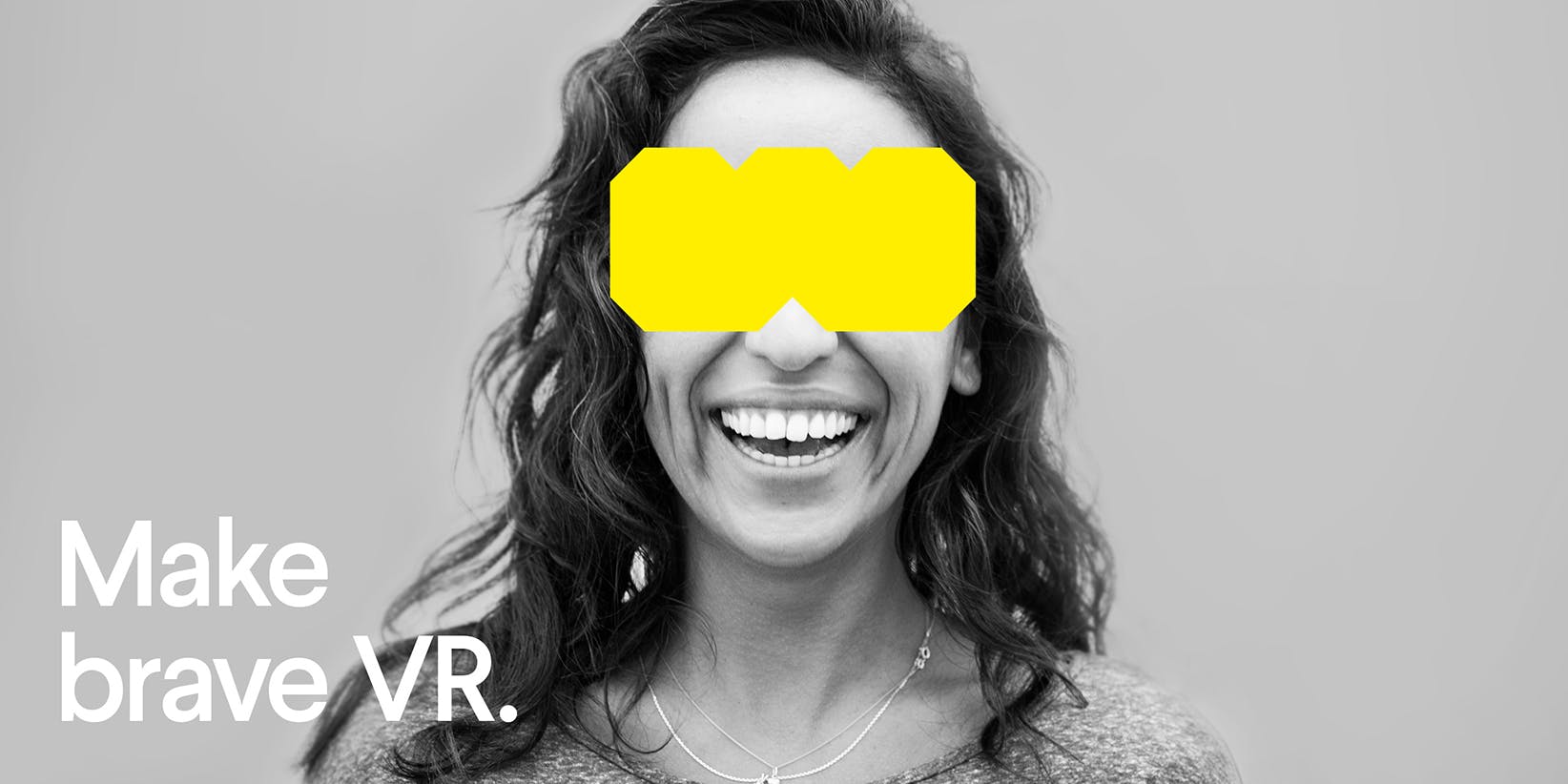
You recently designed the identity for Wevr, one of LA’s most influential VR content companies. What was that experience like? How did you shape and direct it?
Eline Mul: Yes, that was super! Branding Wevr was a nice opportunity, because as a start-up the company is evolving very rapidly and there are such great and supportive people that work there. I developed the Wevr and Wevr Transport identities together with a small branding team in the garage of their office in Venice Beach. We had a lot of control over the direction for the brand, and developed everything from the visual identity, the overall brand message, the copywriting and photography, application of designs across various platforms, and together with a group of engineers we helped develop the VR ‘dome space’.
Although VR as a technology has been around for a while now, in many ways it is still relatively behind, it’s all new ground you’re treading on and there’s quite some restrictions to be mindful of. The biggest challenge for me as a designer was to work with an immersive space — coming to grips with the idea of infinity. Restrictions to the technology brought along some of my favourite parts of the design process: testing typography in VR, and developing a user interface design that functions well and is intuitive across platforms, but also looks great in a 360 space.
The design of Transport has been changing a lot since the initial identity design we made. I’m curious to see it all when it comes out.
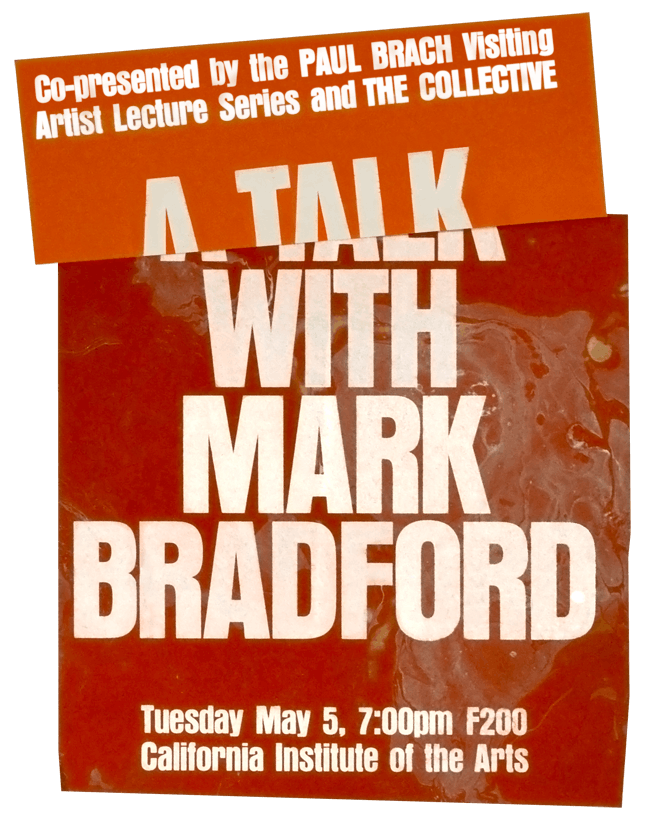
On your website, some of your posters seem to intentionally reveal their materiality, playing with layering, texture and print media. Why is it important for you to show the process behind your work?
Eline Mul: A lot of the posters on my website are made for the Calarts Lecture Series in collaboration with other designers. These collaborations were very instantaneous and hands-on, and started from late night face-to-face conversations in the studio. I saw these posters as an opportunity to test things out and experiment with materials, new/old techniques, and printing and production on a low budget. They were specifically made with the Calarts halls in mind, which is why the photographs on my website also show the surroundings of the school. The experiments don’t necessarily always work in the ‘real world’, and they don’t have to, but they’ve often informed my designs and thinking later on.
My design works with the contrasts between roughness and refinement, offsetting conventional and informal in a variety of ways. Playing with the idea of ‘when is something done?’. I try to make an inherently functional thing that starts very directly from the content, but I of course work towards introducing a certain message or energy with my designs. Sometimes the computer gets in the way of a natural process, and can take out the speed of getting to an idea or design treatment. I try to mix the process up and at certain points print everything out and work through a number of techniques and thought processes before bringing it back to the computer, and vice versa. This back and forth makes me more productive, and helps me in my decision making process. It makes the design more tangible and less susceptible to endless iterations. It definitely has influence on the texture and materiality of the piece.

You’re quite active across a variety of LA’s underground music scenes. Is there an intersection between the nightlife and your work? Do these subcultures inspire you? How?
Eline Mul: Ha yes, subcultures inspire me a lot!! That’s normal no? Working in my studio oftentimes gets a bit too insular, so I make sure to get out regularly and see people. When I need to get out of my own head, doing activities helps me not to think too much. I’m not the best when I think too much! *laughs*
My work and interests are very much intertwined, it’s very important for me to be a part of the world, and to have my work be a part of it as well. I don’t think it’s nightlife per sé that intersects with my work, but people and daily life and situations definitely. I’m a crazy sponge and get energy and visual input from different genres and subcultures and how they present themselves, but also from driving through the city, and going to events — whether that’s going to a punk show, visiting a book fair and chatting with people, going to an art opening or performance, or dancing with friends at a club with good music. They’re all such natural things to be interested in and to share.
I also quite often get new projects and clients by just stepping out of the door and meeting people.
The independent design community is pretty scattered, and I feel that some fun things need to happen collectively. Let’s get together and do some cool stuff, no?
What’s your impression of LA’s design community as a whole? How do you imagine it could improve?
Eline Mul: Los Angeles has so much potential for design! There are some very talented designers out here, and I hope that more young designers will start their own practices in the city, it’s really worth it.
I’m excited about the new Hoffmitz Milken Typography Center in Pasadena and the Designer in Residence position they started. Their first resident was Laurenz Brunner, who did a fantastic show of his research collection on abstract forms of writing. It was so amazing to have him out here for a while. I’m also a big fan of the program Kali Nikitas organizes for the Otis Design Week each summer, for which she brings out a large amount of talented (European) designers to work with their students. And of course I really enjoy the weekend of the Book Fair, because it’s a chance to see all my friends from the East Coast and the Netherlands.
I do miss a bit of action — the city can be very tame! When there are events in Los Angeles they are great, but often organized by institutions and therefore static and safe. The independent design community is pretty scattered, and I feel that some fun things need to happen collectively. Let’s get together and do some cool stuff, no?
